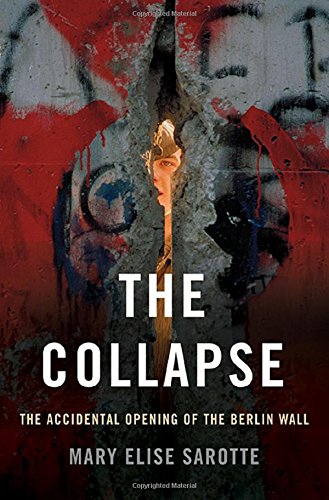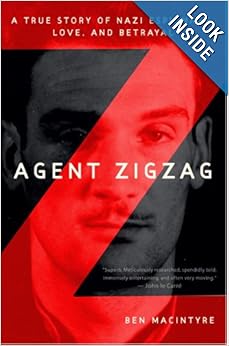 The Boys in the Boat: Nine Americans and Their Epic Quest for Gold at the 1936 Berlin Olympics by Daniel James Brown.
The Boys in the Boat: Nine Americans and Their Epic Quest for Gold at the 1936 Berlin Olympics by Daniel James Brown.
With the (winter) Olympics coming up and my aforementioned current interest in the 1930’s, The Boys in the Boat was just the ticket for reading on a very cold day in January. The nine Americans in the title were: Don Hume, Bobby Moch, Stub McMillin, Johnny White, Gordy Adam, Shorty Hunt, Roger Morris, Chuck Day, and Joe Rantz. They were the crew of an eight-man shell for the University of Washington. Their coach was Al Ulbrickson, and George Pocock, famous for building racing boats for Washington and for many other championship rowing teams, was their mentor and the builder of their shell, the Husky Clipper.
The story focuses on crew member Joe Rantz, since he was the member of the Olympic team that the author first met and from whom he heard the story of the “boys'” journey to the Berlin Olympics. I put “boys” in quotation marks because by the time their story was published last year (2013), the boys in the boat had all passed on. But Mr. Brown got to interview some of them before they died, and he spent a great deal of time researching the backgrounds of the boys, talking to family members, reading journals that some of the boys kept, and preparing to write an inspiring and flowing account of their rise to glory at the Olympics.
One of things that the book emphasizes is that rowing is not easy:
“Competitive rowing is an undertaking of extraordinary beauty preceded by brutal punishment. Unlike most sports, which draw primarily on particular muscle groups, rowing makes heavy and repeated use of virtually every muscle in the body. . . And rowing makes these muscular demands not a odd intervals but in rapid sequence, over a protracted period of time, repeatedly and without respite. . . The Seattle Post-Intelligencer’s Royal Brougham marveled at the relentlessness of the sport: ‘Nobody ever took time out in a boat race,’ he noted ‘There’s no place to stop and get a satisfying drink of water or a lungful of cool, invigorating air. You just keep your eyes glued on the red, perspiring neck of the fellow ahead of you and row until they tell you it’s all over. . . Neighbor, it’s no game for a softy.'”
I was filled with admiration for these college boys who practiced in rain, sleet, wind and snow to go to a total of two races: one in their own Washington waters against arch rival, the University of California, and the other in Poughkeepsie, competing against California again and against all of the East Coast teams who saw the westerners as country cousins who were out of their league in the East. The persistence and fine-tuning of the team and its precise movements required all that the nine member team could give, mentally and physically–and then, a little more.
The book also made much of the contrast between Depression-era country boys struggling in Washington State to get an education and make the Olympic team at the same time, and Hitler’s desire to make the Berlin Olympics into a showcase for the Nazi regime in Germany and the Aryan youth of Germany who would be competing for the glory of the Reich. The impending war serves as a focus and a frame for the story, even though the boys in the boat were completely unaware of the imminent approach of a world war that would change all of their lives.
Some interesting mentions in the book:
Actor Hugh Laurie’s father, Ran Laurie, was member of the British eight-man crew at the 1936 Olympics.
Louis Zamperini (Unbroken by Laura Hillenbrand) is mentioned once in this book, as possibly the only athlete on the boat to Europe for the Olympics who had a bigger appetite than rower Joe Rantz.
Swimmer Eleanor Holm was expelled from the U.S. Olympic team for drunkenness on the boat over, after an all-night party with some journalists, who then proceeded to make headlines with The Eleanor Holm Story in newspapers all over the United States.
The coxswain for the team, Bobby Moch, found out for the first time in a letter from his father just before he left to go to the Olympics, that his relatives in Europe, whom he had never met, were Jewish, and therefore that he was of Jewish heritage.
Hitler’s pet filmmaker, Leni Riefenstahl, made a well-regarded propaganda film about the 1936 Olympics, called Olympia. The film was secretly funded by the Nazi government, and it was shown all over the world to great acclaim.
All in all, The Boys in the Boat is a great book for anyone interested in sports stories in general, rowing in particular, the rise of Nazism, the 1930’s, Olympic history, and just plain inspirational stories of perseverance and courage. If there were a few extraneous details, they were details that I enjoyed learning. And the prose was well above average.








